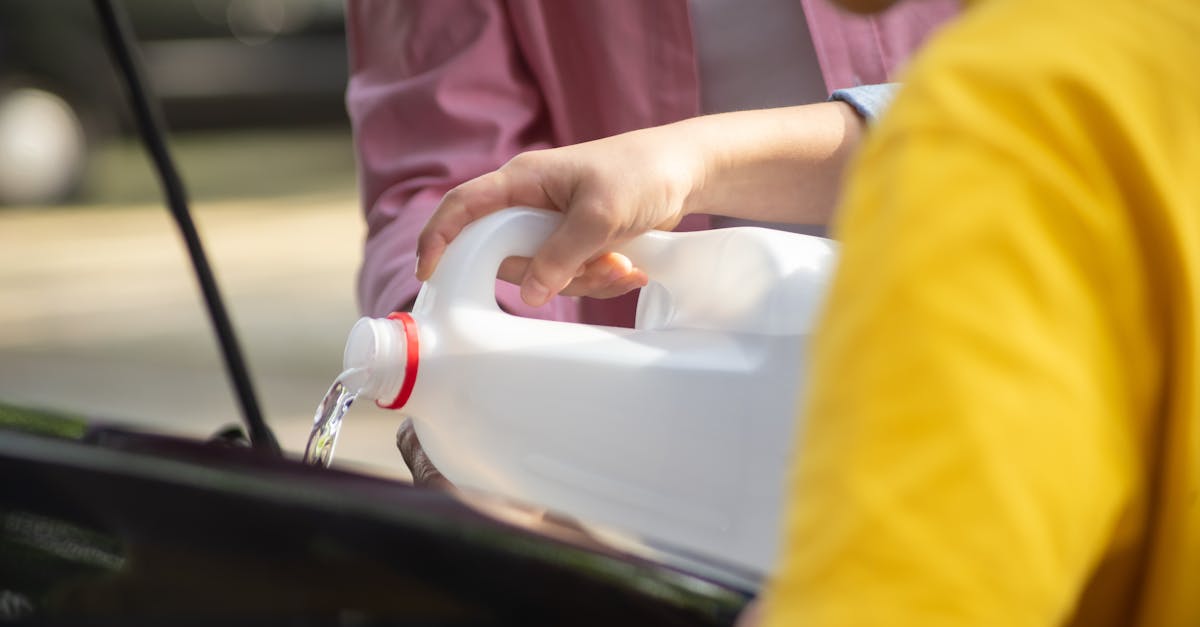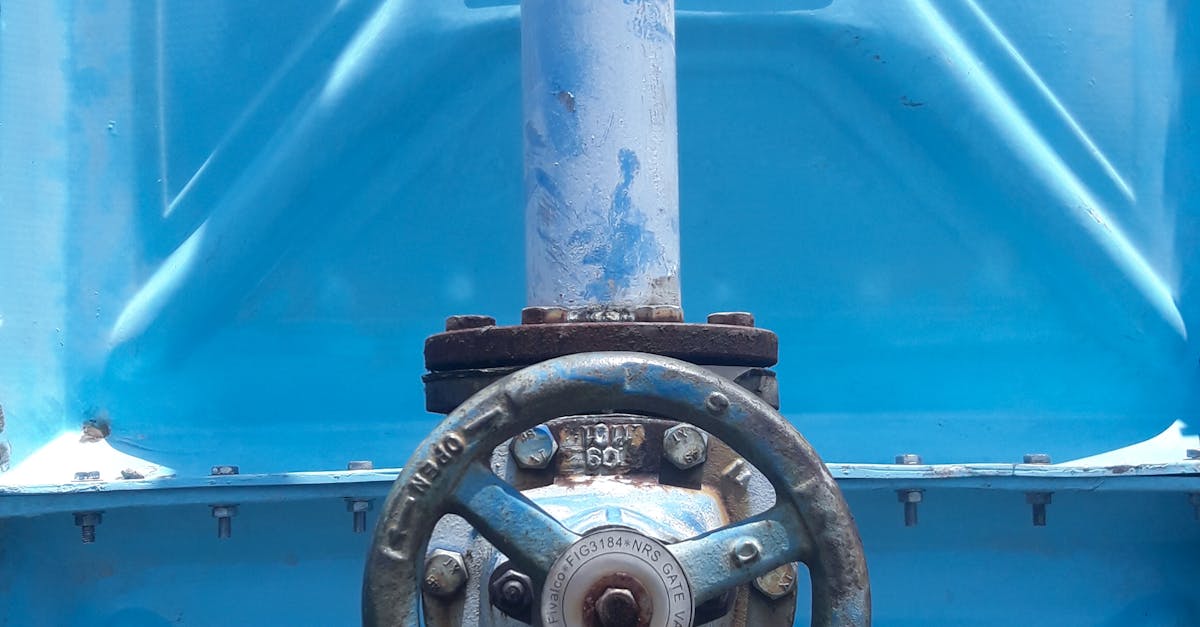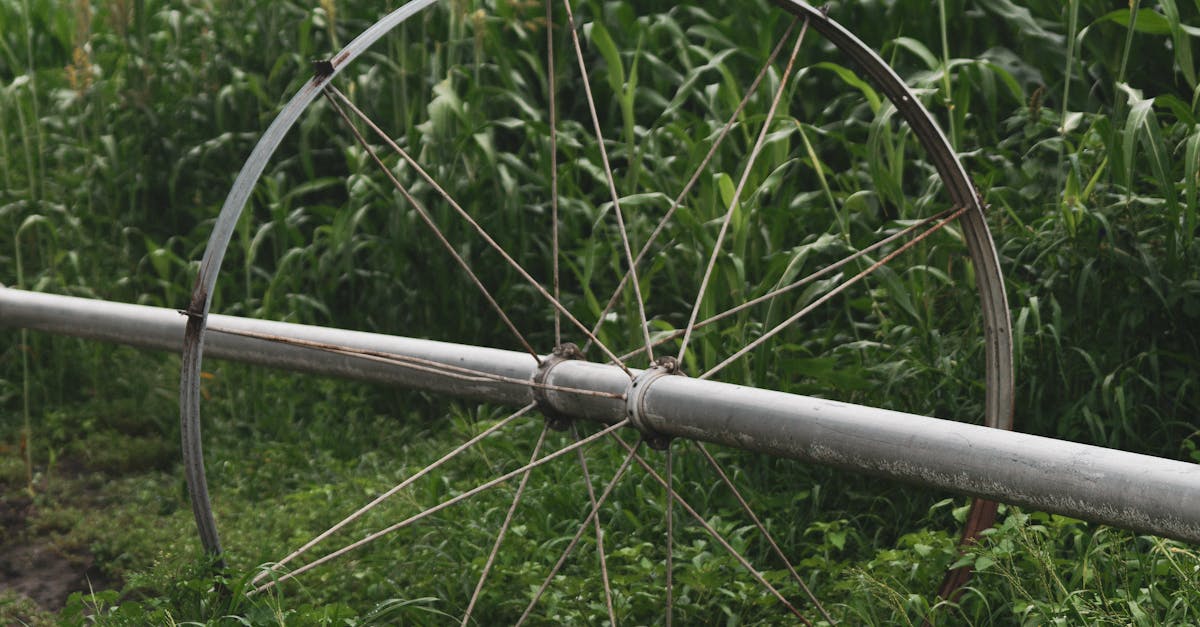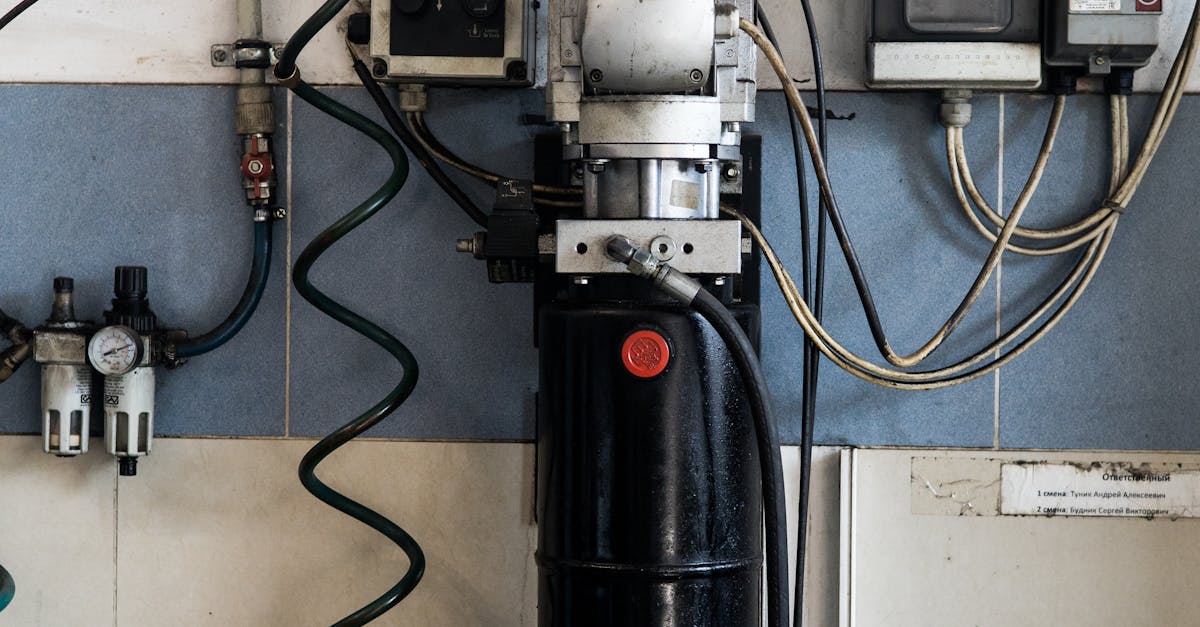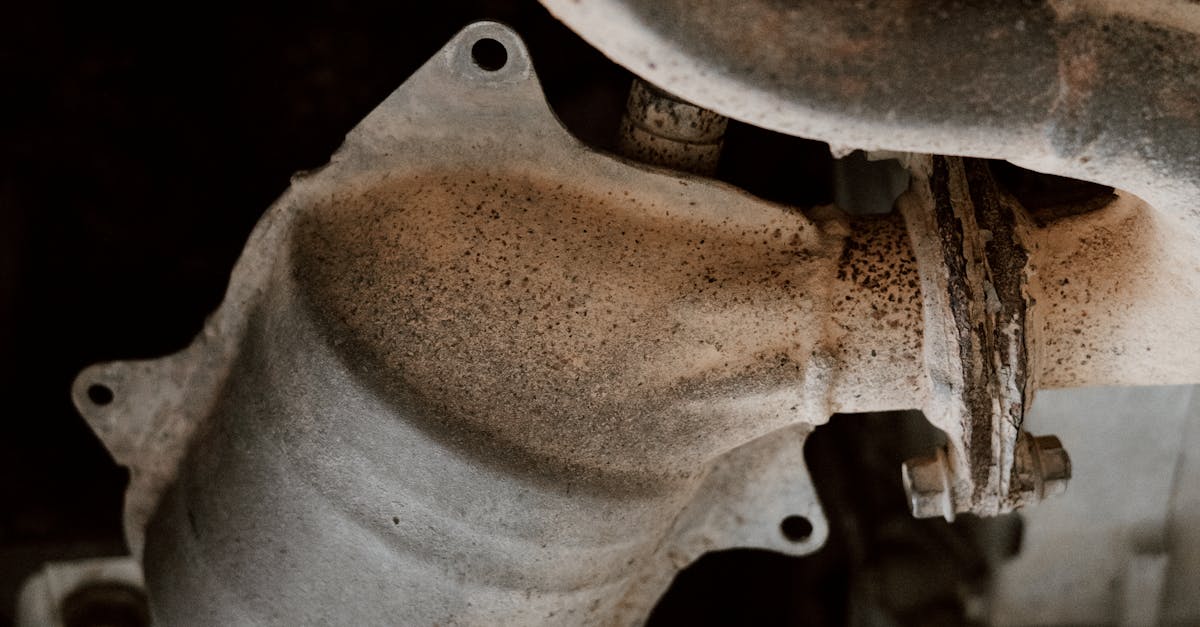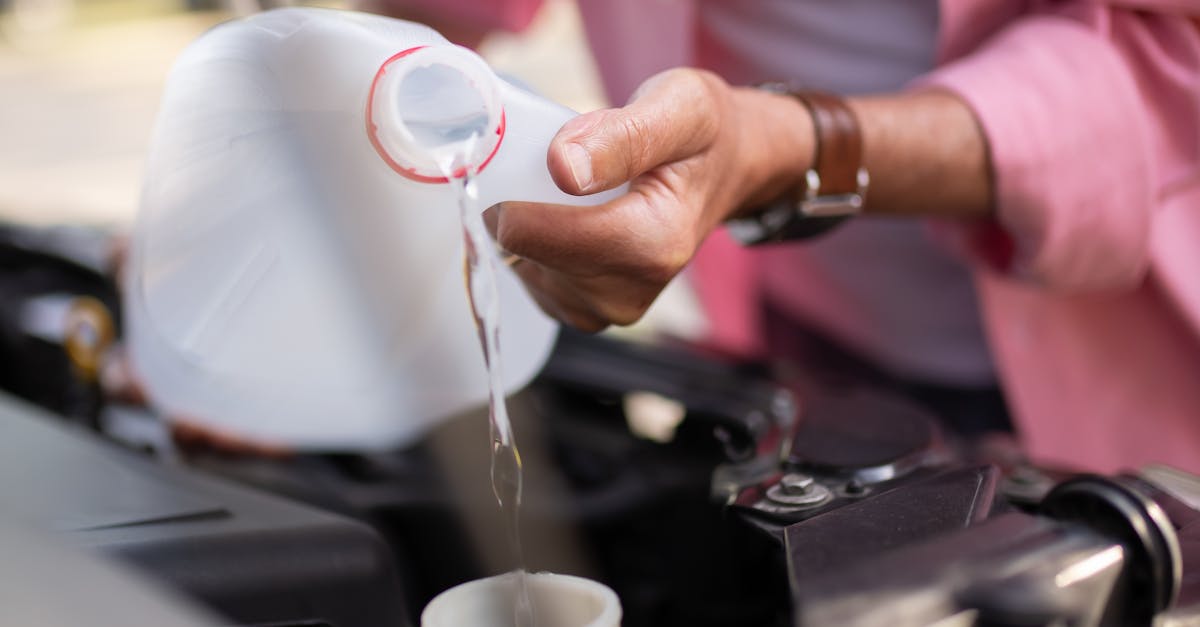
Table Of Contents
Reviewing the Thermostat
The thermostat plays a crucial role in regulating the temperature of your hot water system. If you experience inconsistent temperatures or insufficient hot water, the thermostat may require inspection. Often, the settings can be inadvertently altered, leading to major temperature fluctuations. Checking the desired temperature against the actual output can reveal whether adjustments are necessary or if there is a malfunction in the unit.
Prior to any hot water system repair, ensure that you switch off the power supply for safety reasons. Locate the thermostat, which is typically situated on the unit's exterior, and remove the cover. A faulty thermostat could lead to overheating or inadequate heating, contributing to ongoing issues. Testing its functionality with a multimeter can confirm if it is working correctly and help identify potential replacements.
Testing Thermostat Functionality
To ensure that your hot water system is functioning properly, testing the thermostat is essential. Begin by turning off the power to the water heater at the circuit breaker. This step is crucial for safety before proceeding to inspect the thermostat. Remove the thermostat cover to expose the wiring and connections. Use a multimeter to check for proper voltage and continuity, ensuring it matches the manufacturer's specifications. If the readings are incorrect, it may indicate a faulty thermostat that requires replacement.
When troubleshooting, look for any visible signs of damage, such as burnt terminals or frayed wires. These issues may impede the thermostat's ability to accurately gauge and adjust water temperature. If repairs are necessary, having a qualified technician perform hot water system repair can save time and ensure safety, as working with electrical components can be hazardous without proper expertise. Regular maintenance and timely checks of the thermostat can lead to a more efficient hot water system and a prolonged lifespan.
Flushing the Water Heater
Flushing the water heater can significantly improve its efficiency and longevity. Over time, sediment and minerals can accumulate at the bottom of the tank, leading to decreased performance and potential damage. Regular flushing removes this build-up, ensuring that the heating elements operate effectively. This process may also help avoid expensive hot water system repair down the line.
To flush your water heater, you will need to turn off the power supply and cold water inlet. Attach a garden hose to the drain valve at the bottom of the tank and direct it to a suitable drainage area. Open the valve and let the water flow until it runs clear. It’s important to also open the pressure relief valve at the top to allow air in, making the flushing process more efficient. Regular maintenance like this can prevent issues and extend the lifespan of your hot water system.
Steps for Removing Sediment BuildUp
Removing sediment build-up from your hot water system is essential to maintain efficiency and prolong equipment life. Begin by turning off the power supply to your water heater to ensure safety during the process. If you have a gas hot water system, set the thermostat to the lowest setting. For electric systems, disconnect the unit from the power source. After ensuring the system is off, shut off the cold water supply. This step is crucial to prevent new water from entering the tank while you work.
Next, locate the drain valve at the base of your hot water tank. Attach a garden hose to the drain valve, ensuring it leads to a suitable drainage area. Open the drain valve carefully to allow sediment to flow out with the water. This process might take some time as the sediment needs to be fully flushed out to ensure optimal performance. Once the water runs clear, close the drain valve, remove the hose, and then turn on the cold water supply to refill the tank. If sediment build-up persistently affects performance, consider contacting a professional for hot water system repair.
Assessing Pipe Insulation
Proper insulation of hot water pipes is essential in maintaining the efficiency of your hot water system. When pipes are inadequately insulated, heat loss can occur, resulting in wasted energy and delayed hot water delivery. Identifying areas where insulation may be lacking or damaged can significantly improve performance. Checking for insulation materials on both hot and cold water pipes helps determine if upgrades are necessary.
If you discover bare pipes or insufficient insulation, updating them can enhance the efficiency of your hot water system. Options include purchasing foam pipe insulation or using insulated blankets for larger hot water tanks. Addressing these insulation concerns can also prevent potential heat loss and reduce energy bills. Should you require assistance, a professional can provide guidance on the best insulation methods and carry out any necessary hot water system repair.
Understanding Heat Loss in Hot Water Pipes
Heat loss in hot water pipes can significantly affect the efficiency of a hot water system. When pipes that carry hot water are not adequately insulated, they can lose heat to the surrounding environment. This loss not only decreases the temperature of the water that reaches your taps but also forces the system to work harder to maintain a set temperature, leading to increased energy consumption.
Improper insulation can lead to noticeable temperature drops, especially in long runs of piping. Homeowners should consider inspecting their plumbing and ensuring that all relevant pipes are insulated correctly. Investing in quality insulation can be part of a comprehensive hot water system repair strategy, ensuring that hot water reaches its destination effectively while conserving energy and reducing overall costs.
FAQS
What should I do first if I have no hot water?
The first step is to check the thermostat on your water heater to ensure it’s set to an appropriate temperature. If the thermostat is functioning correctly, you may need to investigate other issues such as sediment build-up or problems with the heating element.
How can I test if my thermostat is working properly?
You can test the thermostat by using a multimeter to check for continuity. If there is no continuity, the thermostat may need to be replaced. Additionally, ensure that it is set to the correct temperature for optimal hot water delivery.
Why should I flush my water heater?
Flushing your water heater helps remove sediment and mineral build-up that can affect its efficiency and longevity. Regular flushing can improve heating efficiency and prolong the life of your unit.
What are the signs that my water heater needs to be flushed?
Common signs include discoloured water, strange noises from the heater, or a decrease in hot water supply. If you notice these issues, it may be time to flush your water heater.
How does pipe insulation affect hot water delivery?
Proper pipe insulation helps reduce heat loss as hot water travels from the heater to your taps. Insulating exposed pipes can improve efficiency and ensure that you receive hot water more quickly.

